©Pablo Picasso - Violin 1912
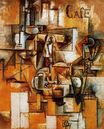 |
 |
 |
 |
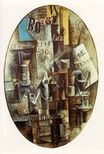 |
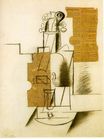 |
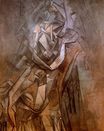 |
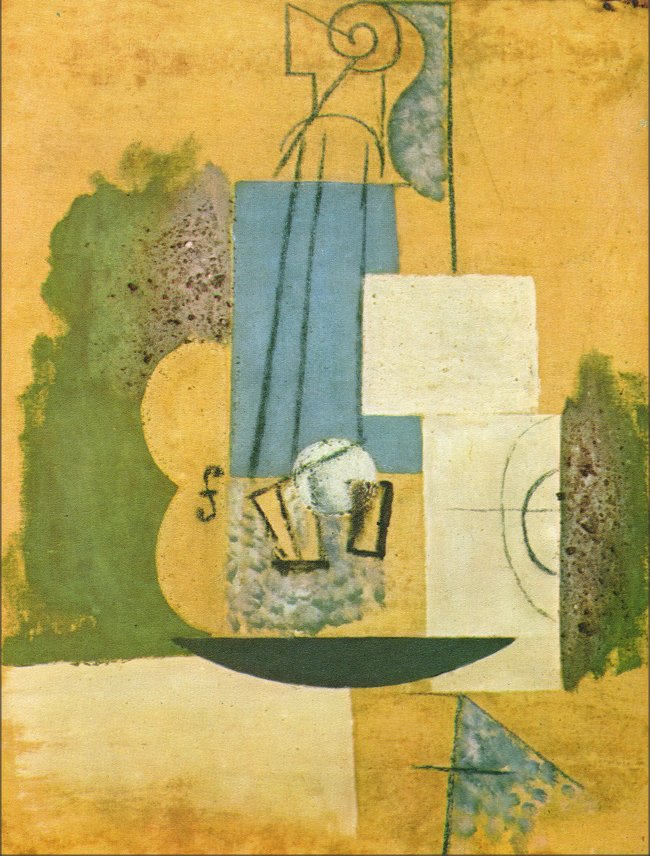
Violin 1912
46x38cm oil, sand and charcoal on canvas
Sotheby's auction house 2015 - LOT SOLD. 6,410,000 USD
The image is only being used for informational and educational purposes
<< Previous G a l l e r y Next >>
From Sotheby's auction house:
Painted in 1912, Violon belongs to an immensely important period of artistic development for Picasso which saw the beginning of his shift from analytic to synthetic cubism. Using the motif of a guitar – or as in the present painting, a violin – Picasso embarked on a series of works in which he developed the cubist idiom of the previous decade, exploring a range of materials from the cut paper and newspaper of his papiers collés to the sand of Violon and the thick cardboard of his cutouts. These works are characterized by a focus on objects that enabled Picasso to explore new representational possibilities. As Anne Umland writes, the “manipulation of objects – many of which, like the guitar, define volumes (other musical instruments, bottles, wineglasses, cups), although they lack its extreme planarity – may have helped to compel a new visual vocabulary that was at once pictorial and sculptural in motivation and affect” (A. Umland, in Picasso: Guitars 1912-1914 (exhibition catalogue), op. cit., p. 22).
Although Picasso initiated this exploration through his work with collage, Josep Palau i Fabre noted the importance of the oil paintings that he produced at the same time, writing: “one finds some compositions that seem to concentrate on the need to counterbalance the almost absolute spirituality of the papiers collés. These are works where the media has its own weight, deliberately emphasised by the artist, executed in oil and sand on canvas – as in Violon, partition et journal, Violon [the present work] – to which he adds lines of charcoal, and Violon en verre, painted in oil and sand on glass, which although they have a greater body and materiality than the paper, seem more ethereal as the result of their transparency and fragility” (Josep Palau i Fabre, op. cit., p. 294).